Should I Buy a Google TV or an Android TV?
When you're on the hunt for a new smart TV or streaming device, you'll soon be standing face to face with two big offerings: Android TV and Google TV. While they share some common ancestry, there are some big differences that can affect your experience. So that you can make an educated choice about which platform is best for your entertainment, it helps to know what those differences are. This guide will take us into what makes them different.
Android TV as the Foundation
It is helpful to explain first that Google TV is not a stand-alone operating system entirely separate from Android TV. Rather, Android TV serves as the central operating system, the foundation that powers an assortment of smart TVs and streaming devices by numerous brands (including Sony, Hisense, Nvidia Shield, FPD, and a few more). Think of Android TV as the motor.
Google TV, on the other hand, is actually a user interface (UI) or "skin" layered on top of the Android TV OS. It's Google's newer, more content-focused vision of how you interact with that underlying Android TV capability. So a Google TV device is an Android TV device, but with a specific Google-designed front-end experience.

Google TV vs. Android TV: User Interface and Content Discovery
The most striking difference you'll notice is how content appears on every platform and how you interact with it.
Android TV's Interface
The typical Android TV interface is app-centric. The home screen will typically show rows of your installed apps (Netflix, Hulu, YouTube, etc.), interspersed with some content recommendations among those rows of apps or in a "Play Next" section. It gives you direct access to open your apps, and then you look for content within each app individually. It works, but sometimes it feels a bit like working through an app icon grid.
Google TV's Content-First Approach
Google TV is a more aggregated, content-first approach. Its home screen, and particularly the "For You" tab, is centered around discovering movies and television shows from across all your subscribed streaming services. It pulls into one glance recommendations, popular content, and your watchlist items, attempting to reduce having to jump among discrete apps to discover something to watch. It adapts to your tastes over time to provide more tailored recommendations.But sometimes you get tired of his recommendations, so you also need to know some ways to deal with "recommendation fatigue". There is also a separate "Live" tab for live TV offerings and a "Library" tab for your bought content.
Google TV vs. Android TV: Key Features and Functionality Compared
While both platforms offer access to the Google Play Store for a vast library of apps and games, and both support Google Assistant for voice control, there are nuances.
- Content Aggregation: Google TV excels here. It tries to be a central hub for all your streaming content, making it easier to see what's available without opening multiple apps. Android TV relies more on you knowing which app to open.
- Personalized Recommendations: Google TV's recommendation engine is generally considered more sophisticated and personalized due to its focus on learning your viewing habits across services.
- Watchlist: Google TV features a universal watchlist that can sync across devices, allowing you to add shows or movies you discover on your phone or computer directly to your TV's queue.
- User Profiles: Google TV has better support for multiple user profiles, tailoring recommendations and watchlists for different household members. While Android TV has profile support, Google TV's implementation is often slicker.
- Ambient Mode/Photo Frame: Both offer ambient modes when idle, but Google TV's integration with Google Photos for a personalized slideshow is often highlighted as a polished feature.

Google TV vs. Android TV: Device Availability and Manufacturer Choices
Initially, Android TV was the more widely available platform, with many TV manufacturers and streaming box makers adopting it. You'll find a broad range of devices running various versions of the Android TV OS.
Google TV was first introduced on Google's own Chromecast with Google TV streaming stick. Since then, more manufacturers (like Sony and TCL on some of their newer models) have started shipping their devices with the Google TV interface built-in. However, many devices still launch with the more "stock" Android TV experience, or a manufacturer-customized version of it. The trend suggests a gradual shift towards Google TV as the standard interface for new Android TV OS devices, but it's not universal yet.
Google TV vs. Android TV: Performance and Updates
Under the hood, since Google TV is built on Android TV, the core performance will largely depend on the hardware specifications of the TV or streaming device itself (processor, RAM, storage). A high-end device running Android TV can outperform a lower-spec device running Google TV, and vice-versa.
Regarding updates, Google provides the core Android TV OS updates. The Google TV interface itself can also receive updates more frequently through the Play Store, potentially bringing new features or UI tweaks faster than full OS updates. However, the timeline for major Android TV OS version updates on any specific device still largely depends on the device manufacturer.
So, Which Should You Choose: Google TV or Android TV?
The decision largely comes down to your preference for user interface and how you like to discover content.
Choose Google TV if:
- You prefer a content-centric interface that aggregates shows and movies from all your services in one place.
- You value strong personalized recommendations.
- You heavily use a universal watchlist feature.
- You want the latest Google-driven smart TV experience.
Choose (or stick with) Android TV if:
- You prefer a more straightforward, app-focused interface.
- You primarily know what you want to watch and prefer to navigate directly within your favorite apps.
- The specific TV model or streaming device you want happens to come with the standard Android TV interface (and you're happy with it).
- You are using an older device that is unlikely to be updated to the Google TV interface.
Ultimately, both platforms provide a robust smart TV experience with access to a vast ecosystem of apps. Google TV represents Google's newer vision for a more integrated and personalized content discovery journey, built upon the solid foundation of Android TV. As you shop, pay attention to whether a device is marketed as "Google TV" (meaning it has the newer interface) or "Android TV" (which could mean the classic interface or the underlying OS).
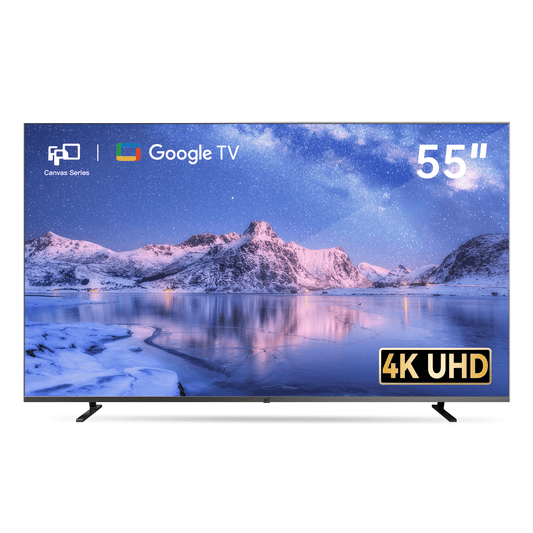
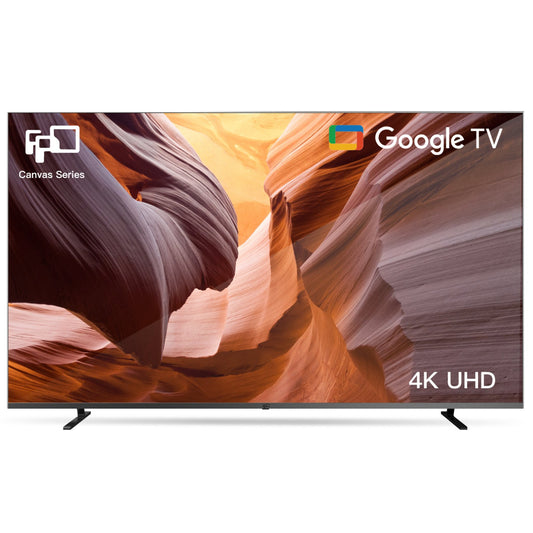
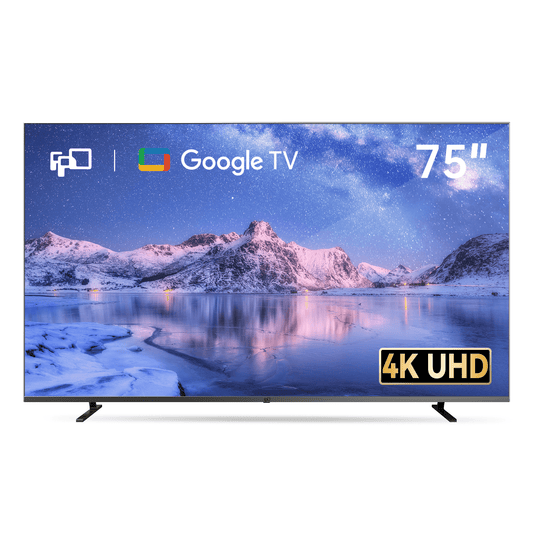
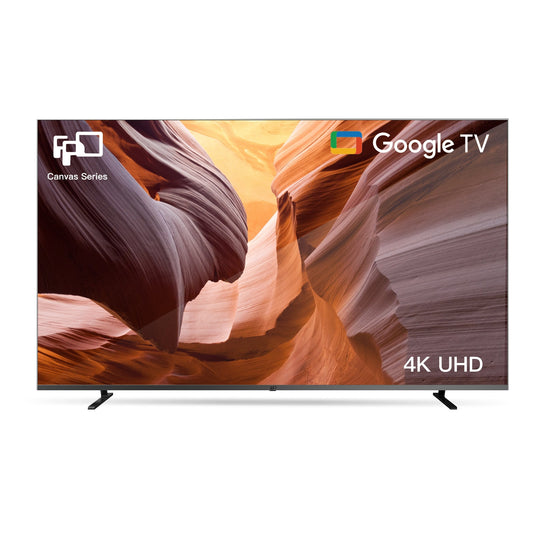
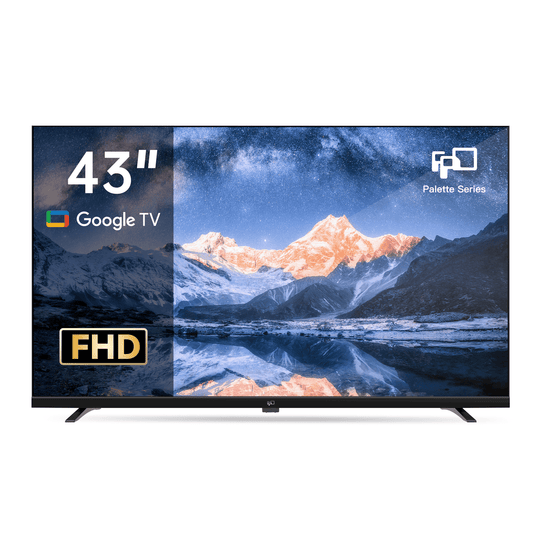
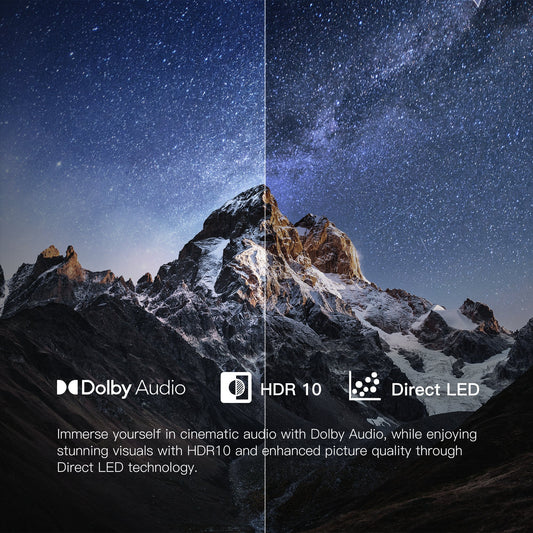
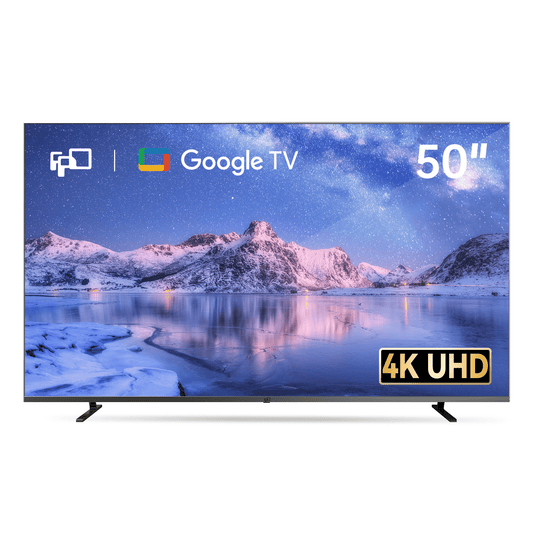
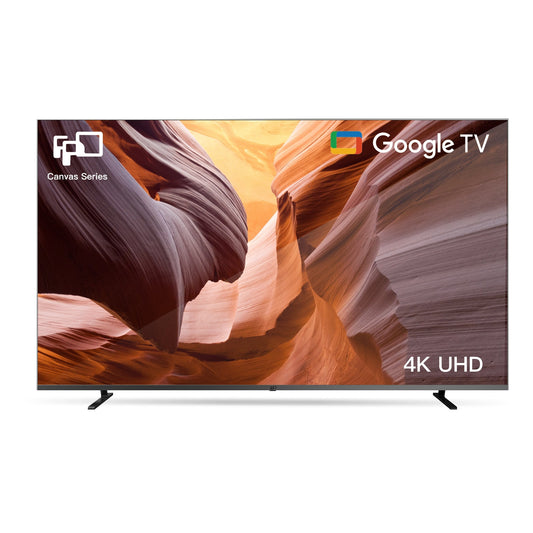
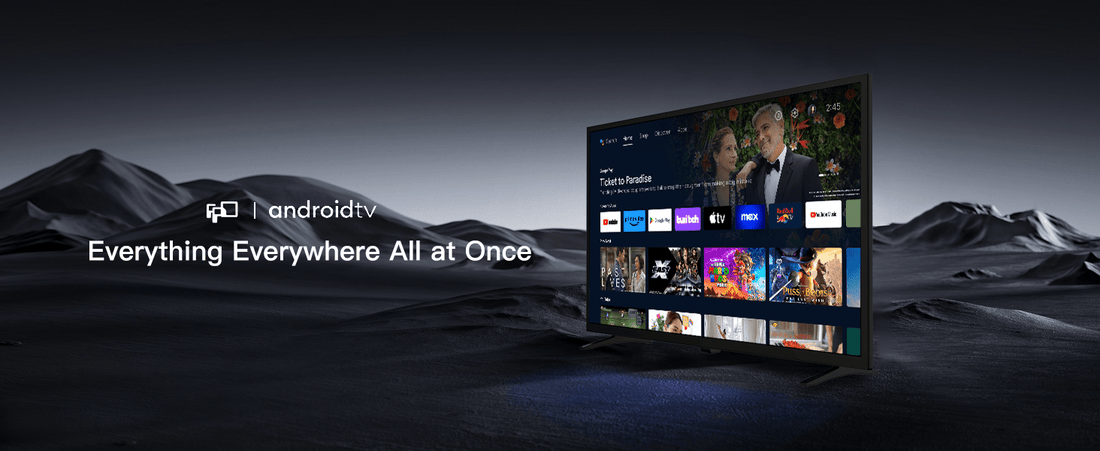
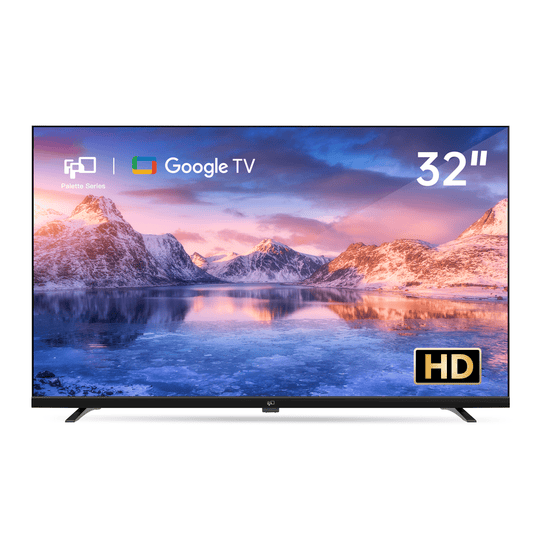
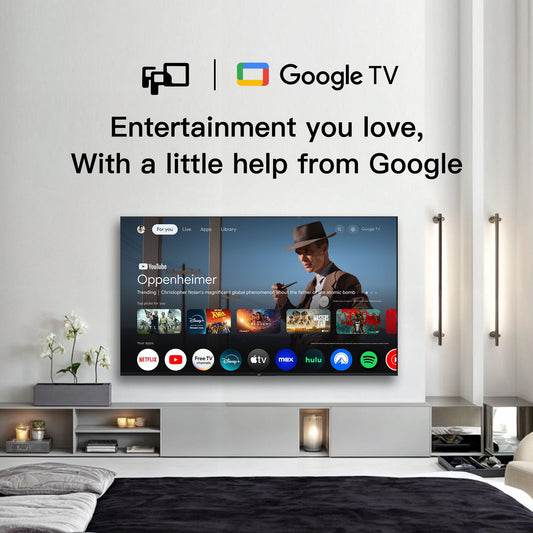
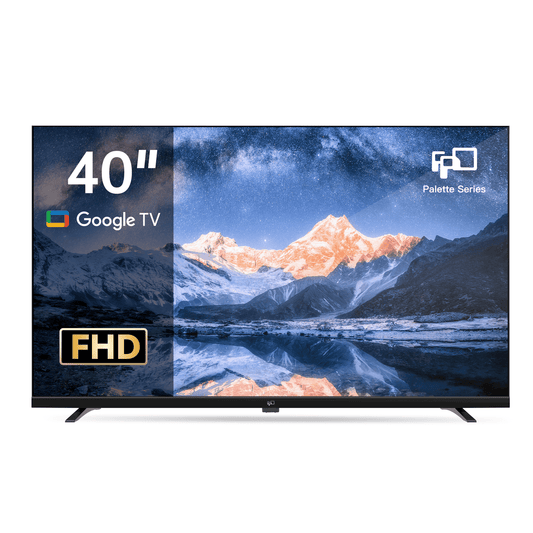
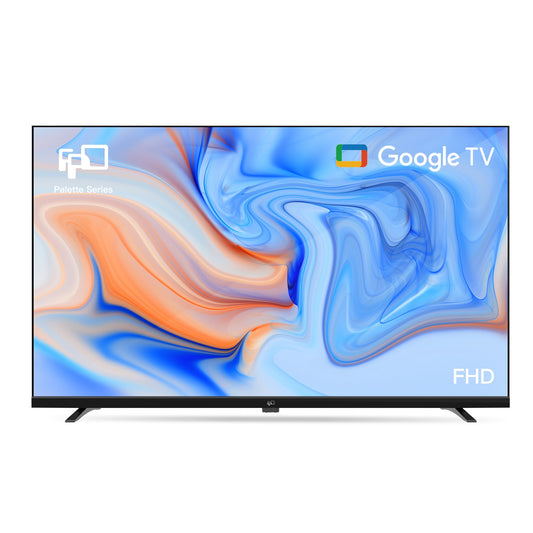
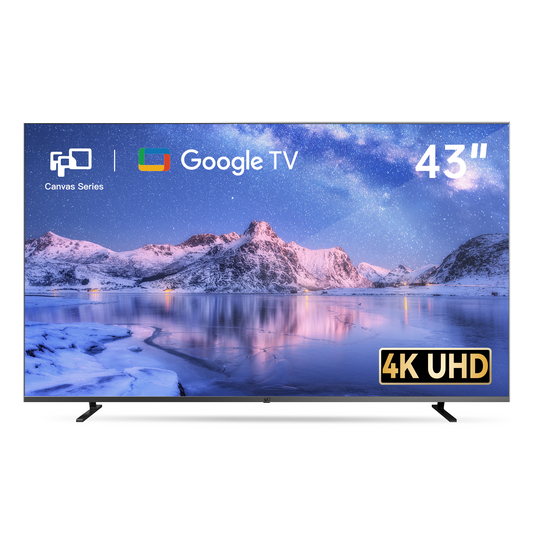
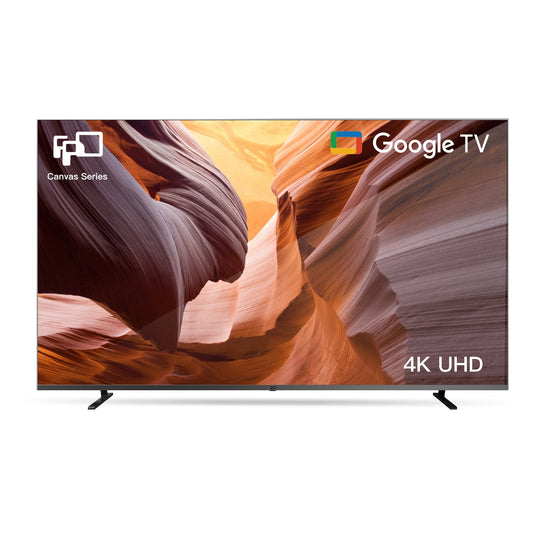
Leave a comment
Please note, comments need to be approved before they are published.